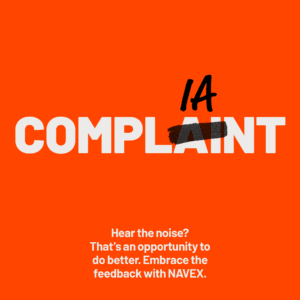More than half of American employees are using generative AI tools at least occasionally to accomplish work-related tasks, according to a new survey by The Conference Board that found while a majority of workers are using these tools, few of their employers have mature organizational AI policies.
The Conference Board survey of nearly 1,100 U.S. workers, predominantly office workers, found that while 56% of people are using these tools, only 26% say their employer has a policy related to the use of generative AI. Another 23% said such policy-making is in the works, though.
Here’s a closer look at the survey’s findings:
AI adoption & supervision
In all, 56% of respondents are using generative AI tools for work tasks.
- 31% report using generative AI on a frequent, regular basis — including daily (9%), weekly (17%) or monthly (5%).
- 25% say they are using generative AI occasionally.
- 44% have never used generative AI.
Among workers who’ve adopted generative AI, a large majority (71%) say their managers or organizations are aware of their usage.
A Bot Isn’t Going to Take Your Place, But AI Will Make Your Job Harder
OpenAI’s splashy ChatGPT rollout has generated untold amounts of text, both directly and indirectly. While much of what’s been written so far has been about creative work, which some fear will be completely upended by ChatGPT, CCI’s copy chief, Jennifer L. Gaskin, looks at how generative AI tools will change the corporate integrity landscape.
Read moreUse cases & work quality
Workers are primarily using generative AI tools for basic, foundational tasks involving text.
- Drafting written content (68%), brainstorming ideas (60%) and conducting background research (50%) are the most common use cases.
- Far fewer respondents are using generative AI for quantitative and technical tasks, such as analyzing data and making forecasts (19%), generating/checking computer code (11%) or image recognition and generation (7%).
Most respondents believe the quality of AI output matches that of a seasoned human worker:
- 45% say quality is equal to an experienced worker.
- 31% say quality is equal to a novice worker.
- 10% say quality is equal to an expert worker.
“Generative Al is already delivering work product that meets or exceeds the quality of employees with years of experience — at least on specific tasks,” said Diana Scott, leader of The Conference Board’s human capital center. “At the same time, few people we surveyed foresee AI technology as a threat to replace their jobs entirely. Rather, they appear to be embracing AI as a solution for repetitive or tedious parts of their work, freeing up bandwidth for more productive and valuable uses of their time.”
Productivity & job impact
Most respondents (63%) say generative AI tools have positively affected their productivity, but only a small fraction say AI has significantly improved their productivity.
- 7% report a significant increase in productivity.
- 56% report an increase.
- 36% report no impact.
Many workers foresee generative AI replacing elements of their job functions, but they largely see the impact as positive.
- 33% say AI will replace elements of their job in a positive way, such as by freeing up time for more valuable or creative tasks.
- Just 4% foresee AI replacing parts of their work in a negative way, such as by threatening their job altogether.
- 24% do not expect AI to replace any element of their job.
AI policies
Most workers report that their organizations either don’t have a general policy related to the use of generative AI at work or are still developing one.
- 34% say their organization does not have an AI policy.
- 26% say their organization does have an AI policy.
- 23% say a policy is under development.
- 17% don’t know.











